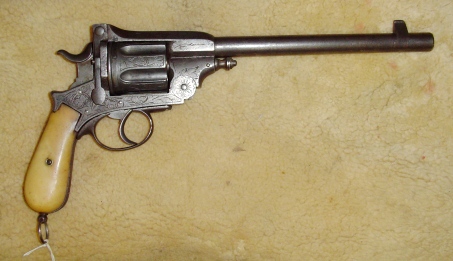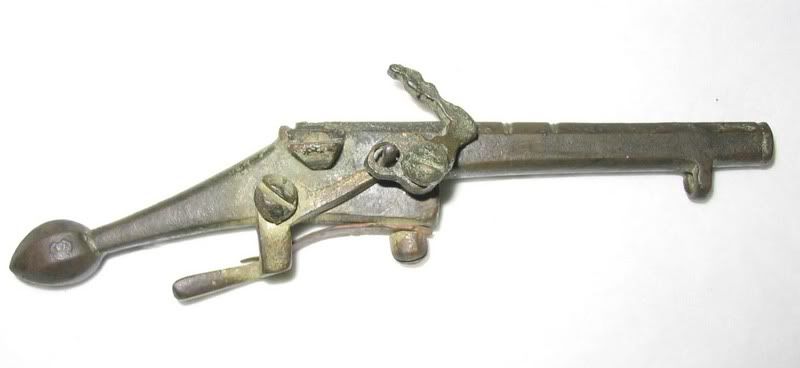Witaj bracie :hatsoff:
Matchlocks were most common. By the way "Ogniem i Mieczem" Period ("By the Sword and Fire" Period) means XVII century. It is the title of the book about Polish-Cossack war in 1648. That book is since 120 years "the obligatory reading of every one Pole". I didn't read it... what a shame :redface: :haha:
So Polish army in XVII used few types of long firearms :
1. heavy muskets; called "mares" by soldiers :haha: "Mares" were used by Scottish regiments on the open field and by town/fortress crews to protect walls.
2. average muskets, same typ like in other regions of Europe.
3. light arquebuses. Soldiers loved them, specilly light peasent-infantry. They won many battles using them. Light arcuebuses were specially effective against light cavalry like Tartars and Cossacks, when infantry-men needed to change their posision every minute and to shot non-stop the same time. Hetman (warchief) Zolkiewski captured Moscow in 1610, because his light infantry just shoted all Russian army one month earlier in the battle of Kluszyno. The key of succes was exactly his light infantry with light arquebuses - very fast moving ang shooting without a brake all the time.
4. very short muskets called "krucica" ("the shorty" :haha: ). It was something between pistol and normal musket. "Krucicas" were carried by cavalery in most cases, because they were very handy to shot them with only one hand.
Cossacks and peasents made firearms them self, at home. They made so called "shinbones" :haha:
It was simple hard wood or bone pipe, supported by iron rings with venthole and some primitive stock. Without any lock, just like medieval gonnes. It was off course very primitive weapon, not accurate to much :haha: and some time dangerous for the userhim self. But Cossacks fired "shinbones" allways volley by volley. And they won that way many battles like during their greatest rebel in 1648. When we are hearing about Cossacs we are are thinking about horsemen, but the secret of their military power in XVII c. was excellent infantery.
Pistols (snaplocks) were very common. Every Polish rider or Cossack had 4 - 6 pistols by his belt and sattle. Pistol, following sabre was the main weapon.
So it's all i can tell You right now.

take care :hatsoff:







